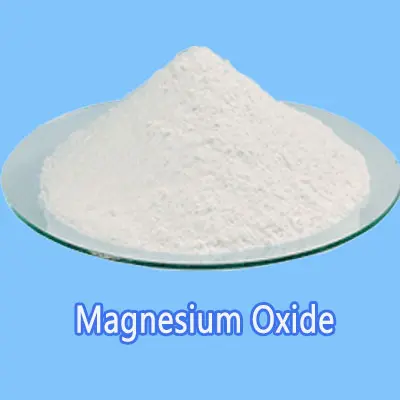Hebei Messi Biology Co., Ltd. stated that magnesium has no adverse effects in glass-ceramics. On the contrary, under appropriate conditions, magnesium can be used as a beneficial material. Using magnesium oxide to assist calcium oxide and iron oxide in crystallized glass is a market trend.
①The effect of magnesium oxide (MgO) on viscosity is similar to its effect on melting temperature. Under low temperature conditions, the introduction of magnesium oxide can increase the viscosity of glaze and glass-ceramics; under high temperature conditions, the introduction of magnesium oxide can reduce the viscosity of glaze and glass-ceramics. However, the viscosity-reducing effect of magnesium oxide will slow down as the amount added increases. Beyond a certain amount, the viscosity will increase.
② Magnesium oxide (MgO) and calcium oxide (CaO) have similar effects on melting temperature, and their effects on melting temperature are dual. On the one hand, magnesium oxide can increase the initial melting temperature of glaze and glass-ceramics. On the other hand, magnesium oxide can significantly reduce the melting temperature under high temperature conditions. However, this effect of lowering the melting temperature will gradually weaken as the amount of magnesium oxide added increases. At the same time, if you continue to increase the addition amount until it exceeds a certain amount, its melting temperature will gradually increase.
③Influence on thermal expansion. Compared with barium oxide (BaO) and calcium oxide (CaO), replacing them with magnesium oxide will reduce the thermal expansion coefficient, but the magnitude of the reduction is relatively small. Compared with zinc oxide (ZnO), replacing magnesium oxide will increase the thermal expansion coefficient of glaze and glass-ceramics. Therefore, if you need to reduce the thermal expansion coefficient of glaze and glass-ceramics, you should first choose raw materials mainly containing silicon dioxide (SiO2) and boron oxide (B2O3).
④Influence on surface tension, magnesium oxide can greatly increase the surface tension of glaze and glass-ceramics. In this aspect, no other element can compete with magnesium oxide. It must be remembered that magnesium oxide has the effect of significantly increasing the surface tension between the glaze and the glass-ceramics, which will become an important idea in knowing the research formula.

